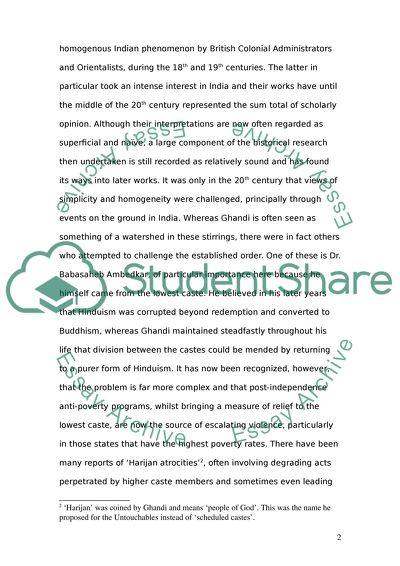Cite this document
(“The History of Caste in India Term Paper Example | Topics and Well Written Essays - 3250 words”, n.d.)
Retrieved from https://studentshare.org/environmental-studies/1415698-the-history-of-caste-in-india
Retrieved from https://studentshare.org/environmental-studies/1415698-the-history-of-caste-in-india
(The History of Caste in India Term Paper Example | Topics and Well Written Essays - 3250 Words)
https://studentshare.org/environmental-studies/1415698-the-history-of-caste-in-india.
https://studentshare.org/environmental-studies/1415698-the-history-of-caste-in-india.
“The History of Caste in India Term Paper Example | Topics and Well Written Essays - 3250 Words”, n.d. https://studentshare.org/environmental-studies/1415698-the-history-of-caste-in-india.


